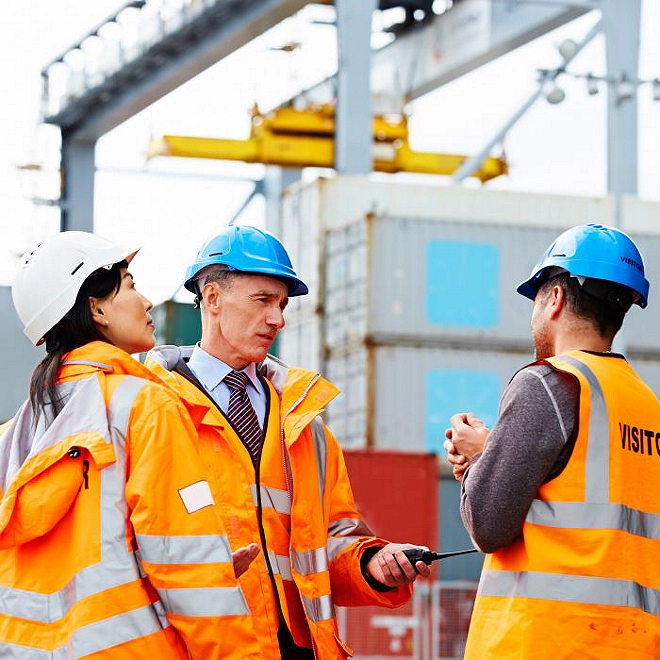Pathways to decarbonization | Steel
With companies at varying levels of maturity, the steel industry faces challenges to decarbonization. Yet, the basic necessary conditions for transformation are set—positioning the sector for change.
In their path towards net-zero, steelmakers will need to green their entire value chain. Doing so requires an investment in emerging technologies, continued regulatory support, and a willingness to work collaboratively. In this installment of our Pathways to decarbonization series, we explore strategies forward-thinking companies can deploy to support their transformation.
The state of play
Currently, almost two billion tons of steel are produced globally each year, using a high proportion of coal-powered, blast furnace-based steelmaking processes. From a steel market perspective, demand for “emission-free” green steel continues to rise. A Deloitte analysis indicates that by 2030-2035, market demand for green steel is likely to exceed the available supply in some regions, such as Europe.
The way forward
To meet the Paris Accord target, carbon emissions from steel production will need to fall by 90%. To help achieve this aim, many steelmakers have begun replacing their existing blast furnaces with direct reduced iron (DRI) and electric arc furnaces (EAF) facilities that can use hydrogen and renewable electricity. However, a full green transition will require significant capital investment, underscoring the pivotal role investors and governments must play. Beyond investments in alternative steelmaking technologies, capital is required to support the continued maturation of carbon capture and storage (CCS) technology. Furthermore, upstream mining companies may also have a key role to play by enabling the supply of high-quality iron ore needed for DRI production and helping to maximize the efficiency of blast furnaces that remain in use during the transition period. Through effective cross-industry collaboration, however, producers will increasingly gain the momentum required to bring green steel to market.
Read the full report to learn more about Deloitte’s recommendations.
About Pathways to decarbonization
The Pathways to decarbonization collection of insights on the challenges, opportunities, and viable decarbonization pathways for high-emitting and hard-to-abate sectors. Each of the sector perspectives offers a foundational starting point for leaders who would like to better understand the landscape across these critical sectors.
Explore “Recommendations” below for more in-depth steel and climate-related reports.


